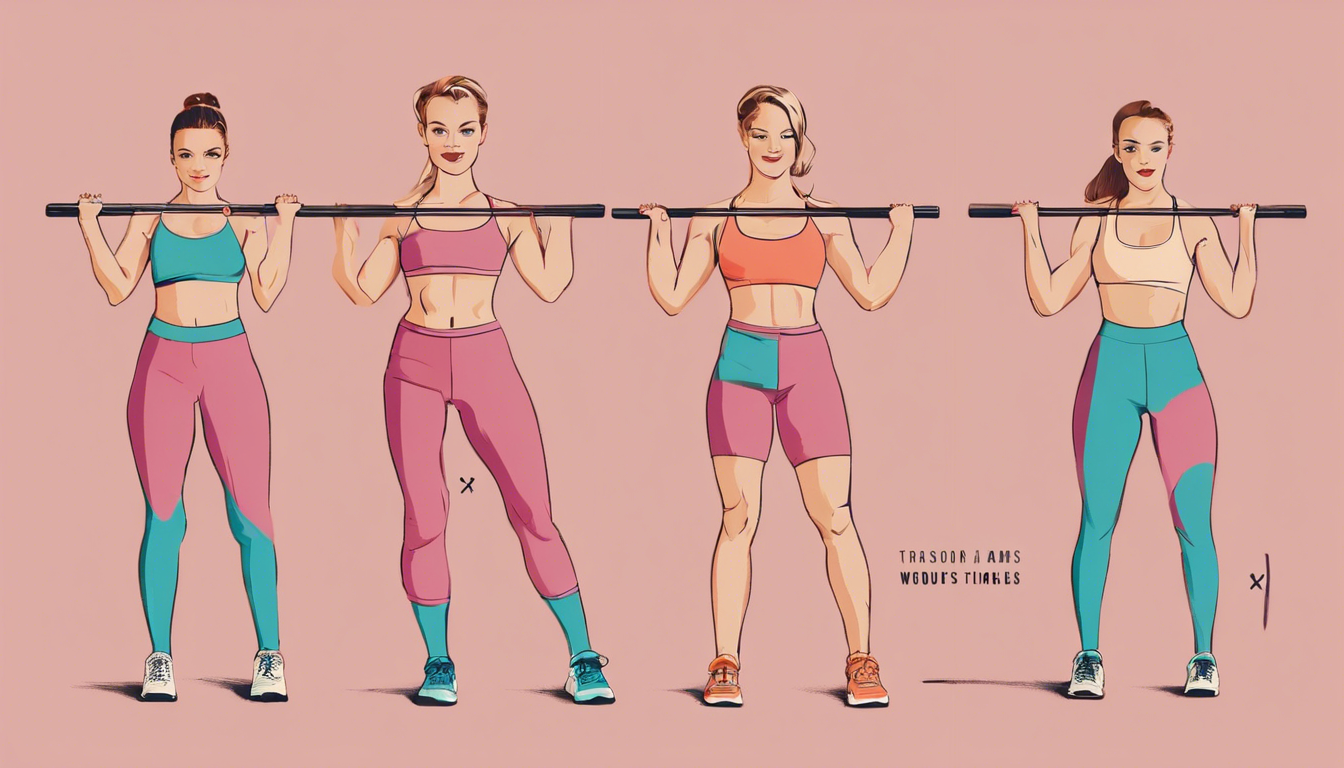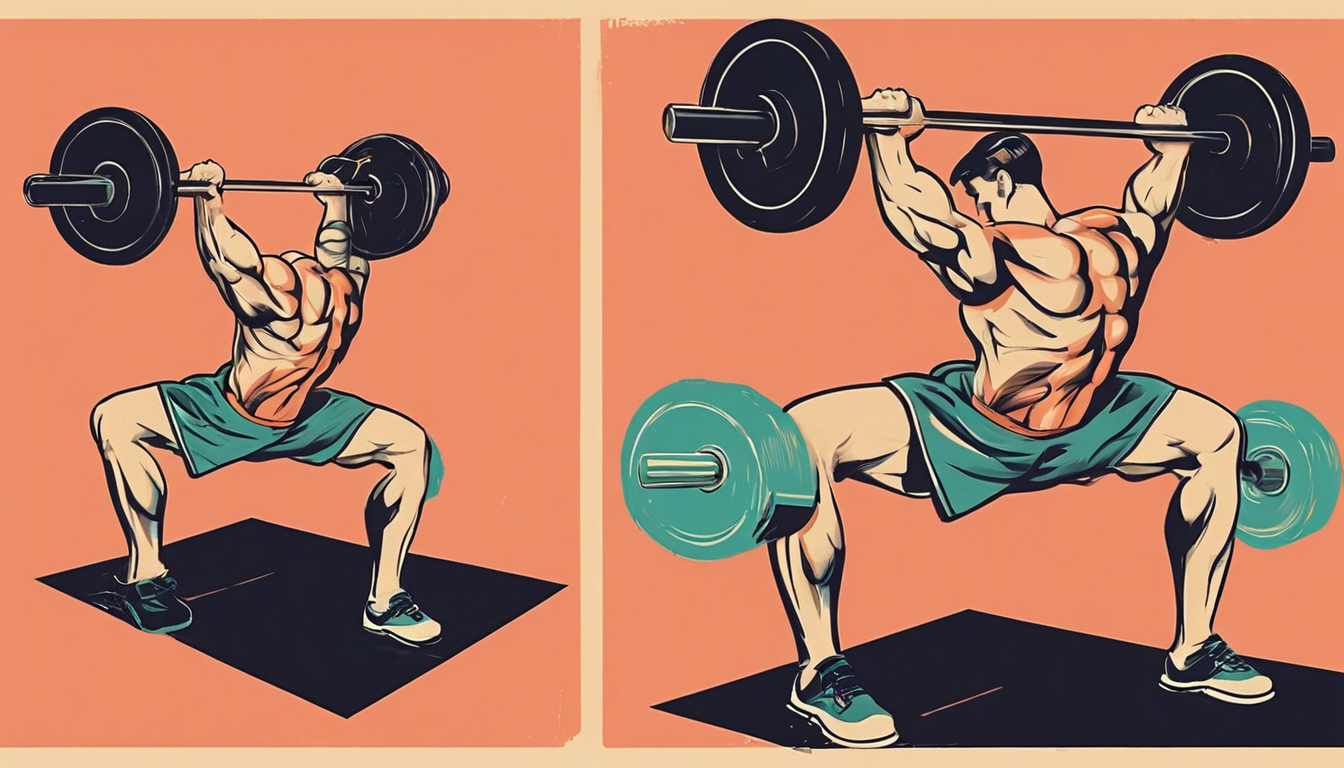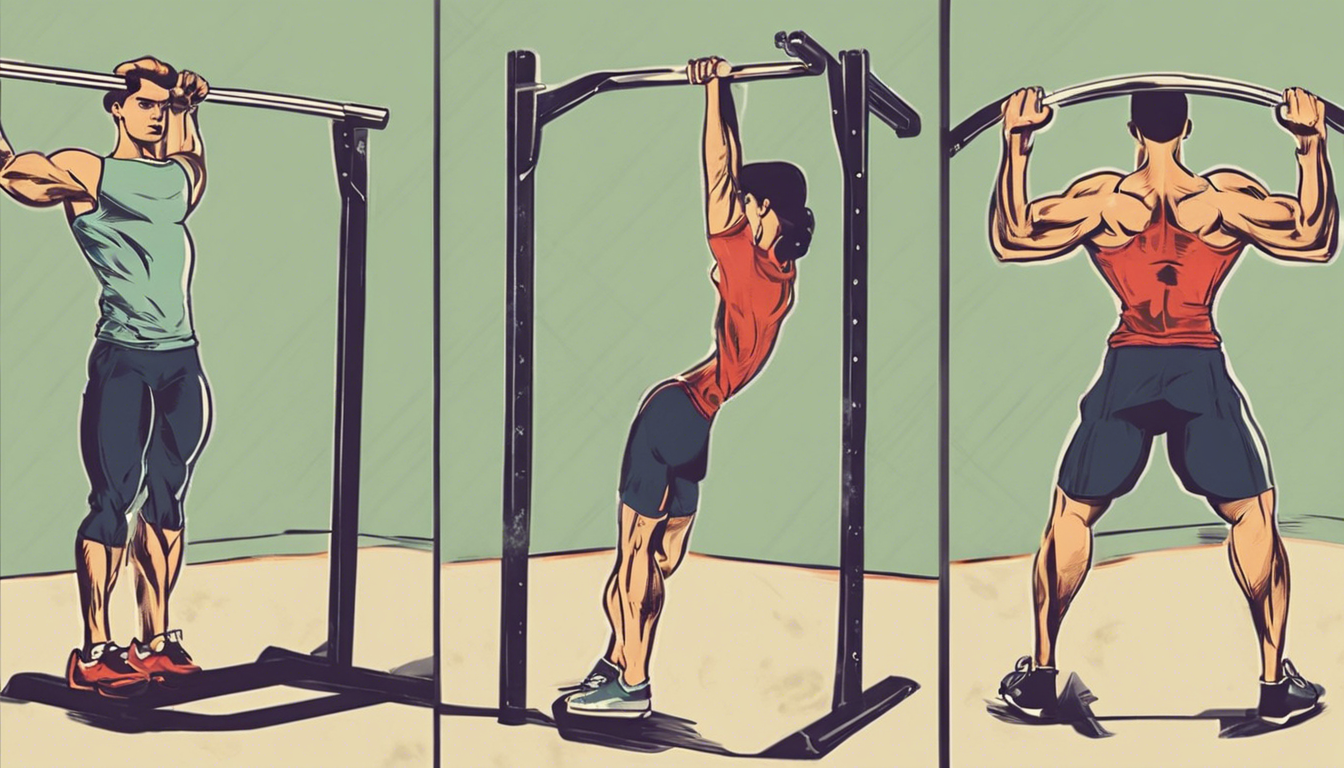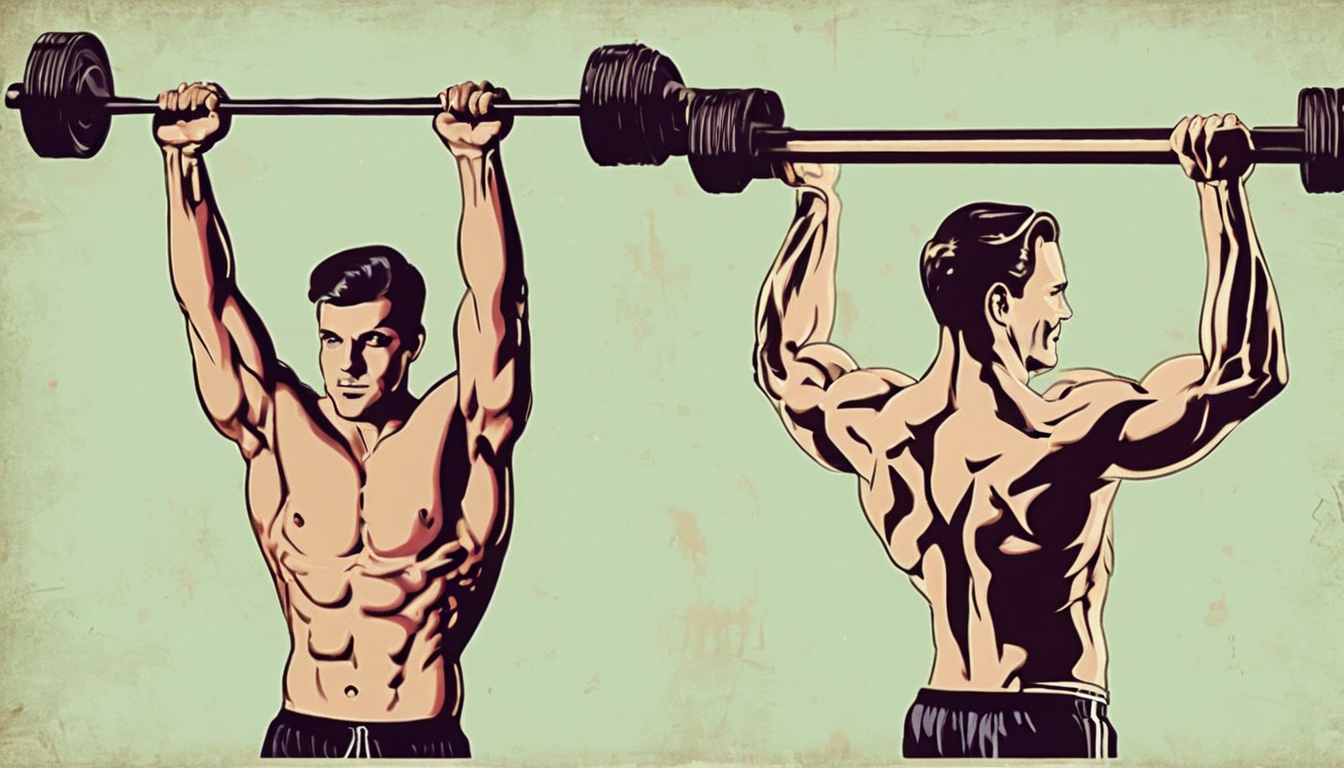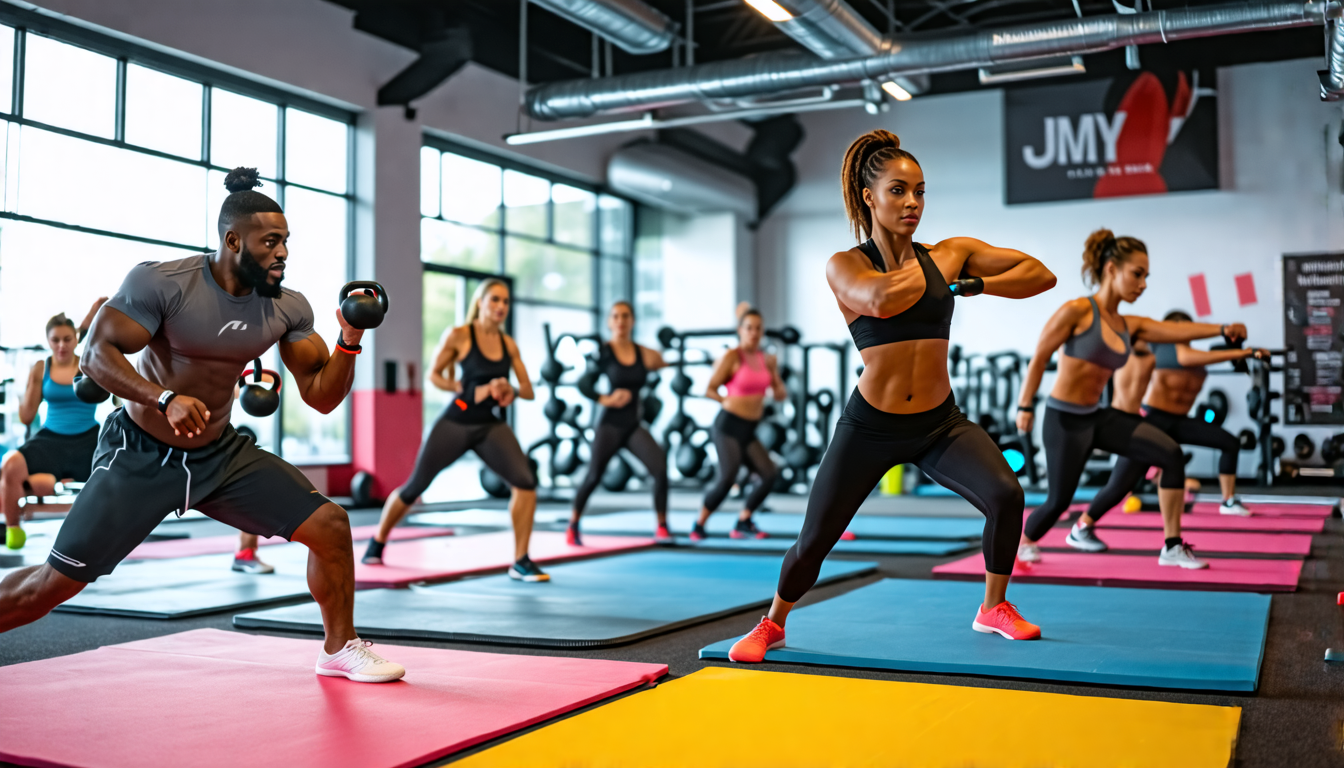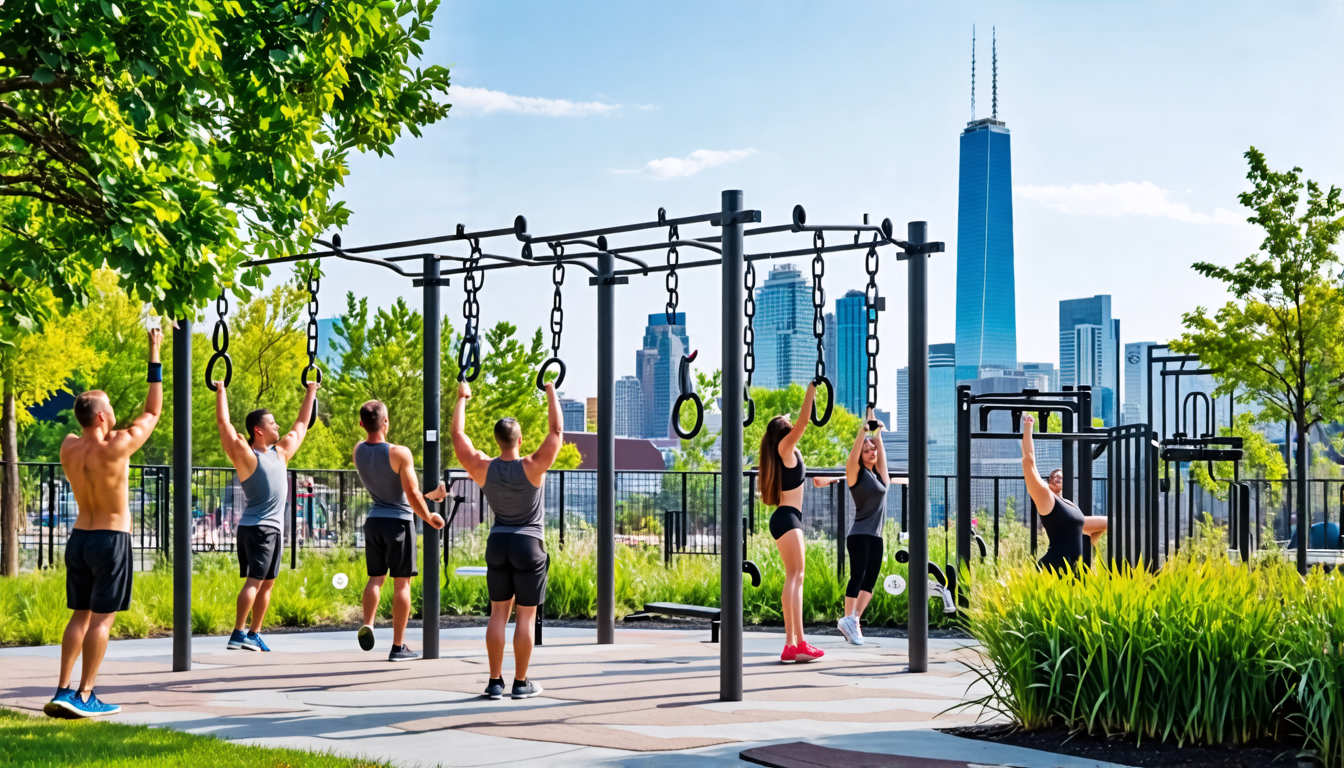
Why You Need Calisthenics Equipment Integration in Your Routine
Breaking Through Plateaus
Stagnation is a common hurdle in bodyweight training. Integrating equipment like dip belts or resistance bands enables progressive overload, systematically increasing resistance to push past strength and muscle-building plateaus.
Expanding Your Exercise Library
Basic movements can only take you so far. With tools like parallettes or gymnastics rings, you can transform standard exercises—e.g., elevating push-ups to deficit variations or adding instability for ring flys—dramatically expanding your workout variety.
Targeting Muscle Groups from New Angles
Pure calisthenics often underworks certain muscles. Equipment such as rings or weighted vests lets you isolate and intensify effort on lagging groups, like biceps with ring curls or legs with weighted pistol squats.
Essential Equipment for Seamless Integration
The Foundational Tools: Parallel Bars and Pull-Up Bars
These are the bedrock of any calisthenics setup, providing stable bases for foundational exercises like dips and pull-ups, upon which more advanced integrations are built.
The Game Changer: Gymnastics Rings
Rings introduce an element of instability, forcing your stabilizer muscles and core to engage more deeply than with fixed apparatus.
Unique Insight: Rings aren’t just for pros. Beginners can use them for regressed moves, like supported rows, to build foundational strength more effectively than a static bar, enhancing joint readiness and muscle activation from day one.
The Progressive Overload Powerhouse: Weighted Vests and Dip Belts
For straightforward resistance increases in exercises like pull-ups, dips, and squats, these tools are indispensable for continuous strength gains.
The Skill Developer: Parallettes
Ideal for improving range of motion in push-ups and handstands, parallettes also facilitate skill acquisition for moves like L-sits and planche progressions.
Common Pain Points in Calisthenics Equipment Integration (And How to Solve Them)
Pain Point: “I Don’t Know Where to Start or What to Buy First.”
Solution: Follow a tiered approach: begin with a pull-up bar, advance to gymnastics rings, and then incorporate a dip belt or weighted vest to systematically build your toolkit.
Pain Point: “My Workouts Are Getting Too Complicated and Unfocused.”
Solution: Adopt the “one piece at a time” method. Integrate a single new piece of equipment for a specific exercise over 4-6 weeks to maintain focus and mastery before adding another.
Pain Point: “I’m Worried About Safety and Proper Form with New Gear.”
Solution: Prioritize mastering the bodyweight progression first. Use safety measures like resistance bands for support (e.g., in ring dips) and record your form to self-correct or seek feedback.
Calisthenics Equipment Integration vs. Other Training Modalities
Integration vs. Pure Bodyweight Training
While pure bodyweight training emphasizes minimalism and accessibility, integration offers superior scalability and exercise variety, though it requires investment in equipment.
Integration vs. Traditional Weightlifting
Integrated calisthenics excels in developing functional strength and stabilizer muscles through free-moving tools, whereas weightlifting often focuses on maximal loads and isolated muscle hypertrophy with fixed paths.
| Training Type | Primary Focus | Equipment Needed | Best For |
|---|---|---|---|
| Calisthenics Integration | Functional strength, skill development | Rings, parallettes, weighted vest | Versatile, home-friendly training |
| Pure Bodyweight | Minimalist fitness, endurance | None to minimal (e.g., pull-up bar) | Beginners, travel workouts |
| Traditional Weightlifting | Maximal strength, hypertrophy | Barbells, dumbbells, machines | Muscle mass, powerlifting |
Crafting Your Integrated Workout Plan
Sample Full-Body Integration Workout
Example: Ring Push-ups (3 sets of 10-12), Weighted Pull-ups (3 sets of 6-8), Parallel Bar Dips (3 sets of 8-10), Pistol Squats with Counterweight (3 sets per leg).
How to Periodize Your Training with Equipment
Structure your training into cycles: focus on volume (high reps with light equipment), intensity (low reps with heavy loads like a dip belt), and skill work (using parallettes or rings for technique), rotating equipment emphasis every 4-6 weeks.
Frequently Asked Questions About Calisthenics Equipment Integration
Is calisthenics equipment integration suitable for beginners?
Yes, with caution. Beginners should start with supportive uses of equipment, such as rings for assisted rows, to build foundational strength before progressing to weighted options.
What is the single most versatile piece of equipment I can buy?
Gymnastics rings top the list due to their scalability—from beginner rows to elite muscle-ups—and their ability to target every major muscle group through adjustable instability.
Can I build significant muscle mass with integrated calisthenics, or do I need weights?
Definitely. By applying progressive overload via dip belts or weighted vests, you can achieve substantial hypertrophy. Consistent resistance increase is the key, regardless of equipment type.
How does proper Calisthenics Equipment Integration prevent injury?
It strengthens stabilizer muscles and connective tissues through unstable tools like rings, promoting joint resilience and reducing injury risk compared to fixed-machine workouts that limit natural movement patterns.
